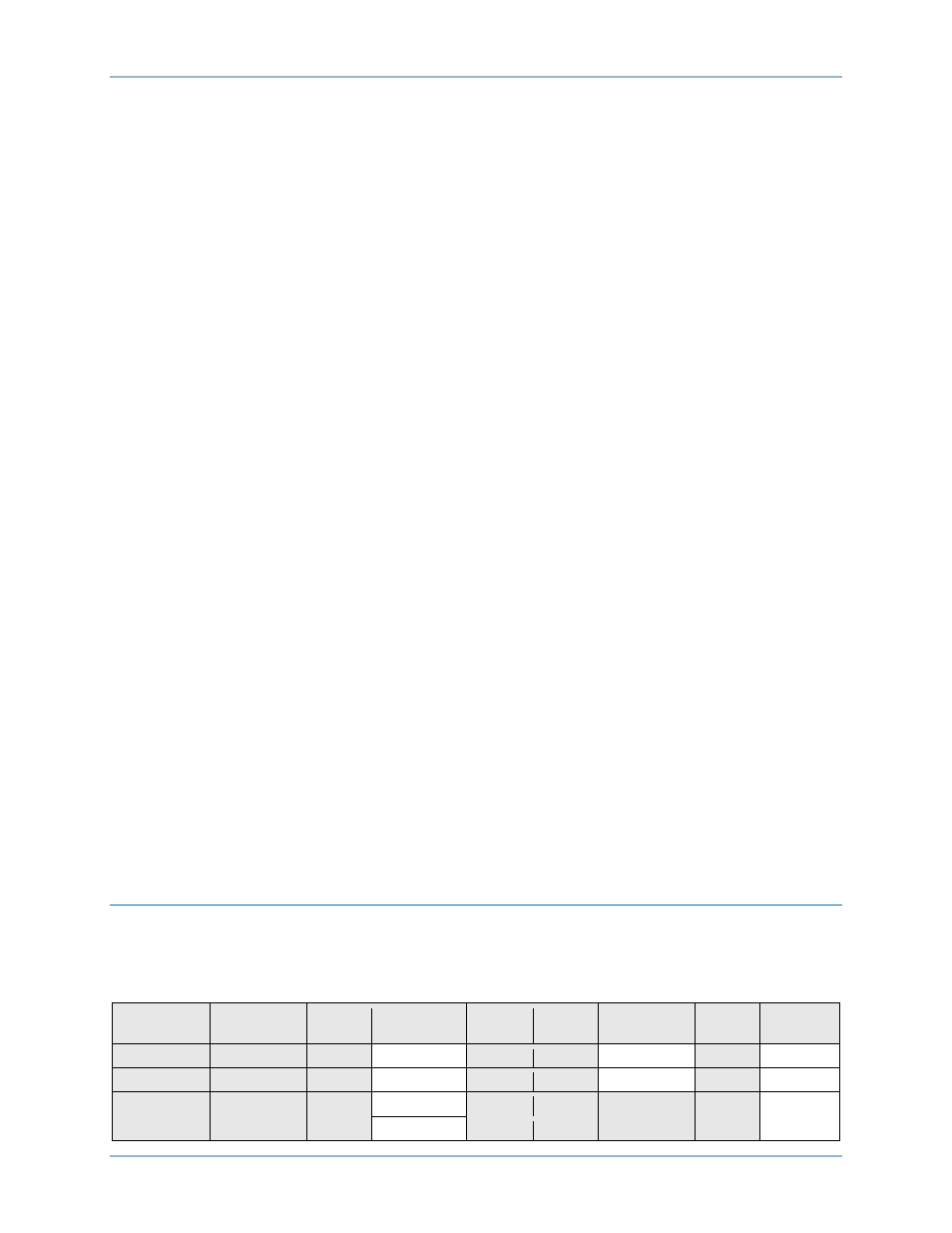Timing verification (maximum or average restraint), Functional test reports, Restrained pickup verification (maximum restraint) – Basler Electric BE1-11m User Manual
Page 387

9424200996 Rev L
375
Step 10: To test the Restraint Slope 1 setting, connect two balanced three-phase current sources to the
BE1-11m in ABC rotation: 3.0
∠0°, 3.0∠–120°, 3.0∠120° amps to terminals D1 through D6 and
3.0
∠180°, 3.0∠60°, 3.0∠–60° amps to terminals F1 through F6 (1.5x tap).
Step 11: Slowly increase the A-phase current in CT circuit 1 or 2 until OUT2 closes and record the
pickup. This should occur at 3.67 A
±0.07 A. Verify that there is an 87A target on the front-panel
display.
Step 12: Reset to the current levels in step 9 and reset all targets.
Step 13: Slowly decrease the A-phase current in CT circuit 1 or 2 until OUT2 closes and record the
pickup. This should occur at 2.46 A
±0.05 A. Verify that there is an 87A target on the front-panel
display.
Step 14: To test the Restraint Slope 2 setting, connect two balanced three-phase current sources to the
BE1-11m in ABC rotation:6.5
∠0°, 6.5∠–120°, 6.5∠120° amps to terminals D1 through D6 and
6.5
∠180°, 6.5∠60°, 6.5∠–60° amps to terminals F1 through F6 (3.25x tap).
Step 15: Slowly increase the A-phase current in CT circuit 1 or 2 until OUT2 closes and record the
pickup. This should occur at 8.25 A
±0.17 A. Verify that there is an 87A target on the front-panel
display.
Step 16: Reset to the current levels in step 12 and reset all targets.
Step 17: Slowly decrease the A-phase current in CT circuit 1 or 2 until OUT2 closes and record the
pickup. This should occur at 5.32 A
±0.11 A. Verify that there is an 87A target on the front-panel
display.
Step 18: (Optional.) Repeat steps 1 through 17 for the B-phase and C-phase current inputs.
Step 19: (Optional.) Repeat steps 1 through 18 for settings group 1, 2, and 3.
Timing Verification (Maximum or Average Restraint)
Step 1: Use BESTCOMSPlus to verify the operational settings in Table 162 (Maximum) or 2 (Average)
and logic in Figure 263. Reset all targets.
Step 2: Prepare to monitor the 87 timings. Timing accuracy is verified by measuring the elapsed time
between OUT2 (pickup) and OUT1 (trip) closing.
Step 3: Connect two balanced three-phase current sources to the BE1-11m in ABC rotation: 3.0
∠0°,
3.0
∠–120°, 3.0∠120° amps to terminals D1 through D6 and 3.0∠180°, 3.0∠60°, 3.0∠–60° amps
to terminals F1 through F6.
Step 4: Slowly increase the A-phase current in CT circuit 1 or 2 until OUT2 closes. Record the time
between OUT2 and OUT1 closing. This should be 100 ms
± (50 ms + 2 cycles).
Step 5: (Optional) Repeat steps 1 through4 for settings group 1, 2, and 3.
Functional Test Reports
Restrained Pickup Verification (Maximum Restraint)
Pickup Accuracy =
±2% or ±0.05A, whichever is greater.
Dropout = (1 - 0.1) * pickup
Step
Pickup
Setting
Low
Actual
Pickup
High
Low
Actual
Dropout
High
Pass/Fail
5/6 - MRPU
0.70 A
0.65 A
0.75 A
0.59 A
0.68 A
P / F
8/9 - MRPU
0.30 A
0.25 A
0.35 A
0.28 A
0.39 A
P / F
11 – Slope 1
3.75 A
3.68 A
3.83 A
N/A
*
N/A
*
N/A
*
P / F
13 – Slope 1
2.40 A
2.35 A
2.45 A
N/A
*
N/A
*
N/A
*
P / F
BE1-11m
Phase Current Differential (87) Test